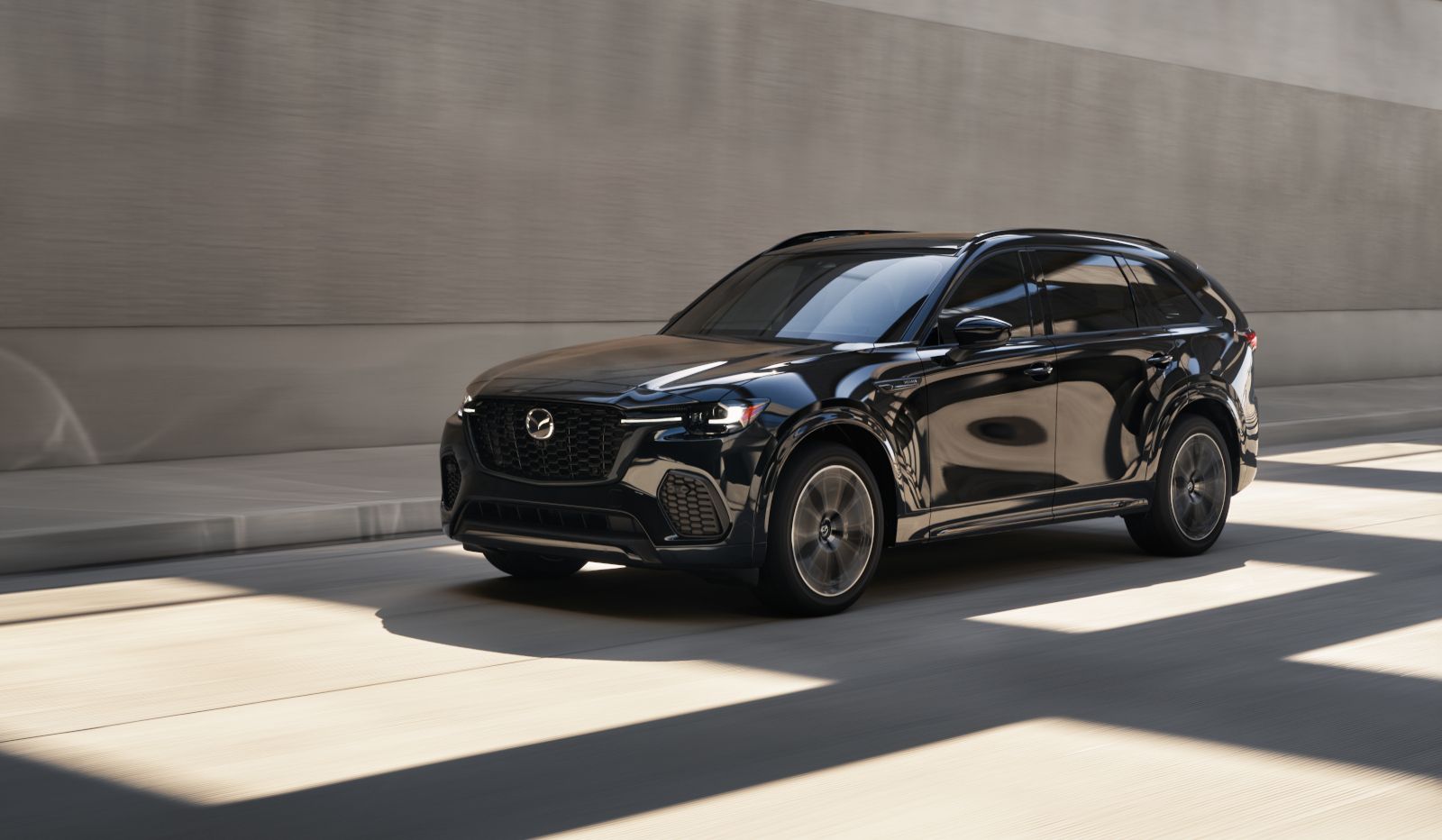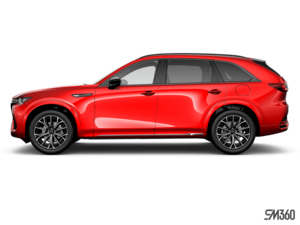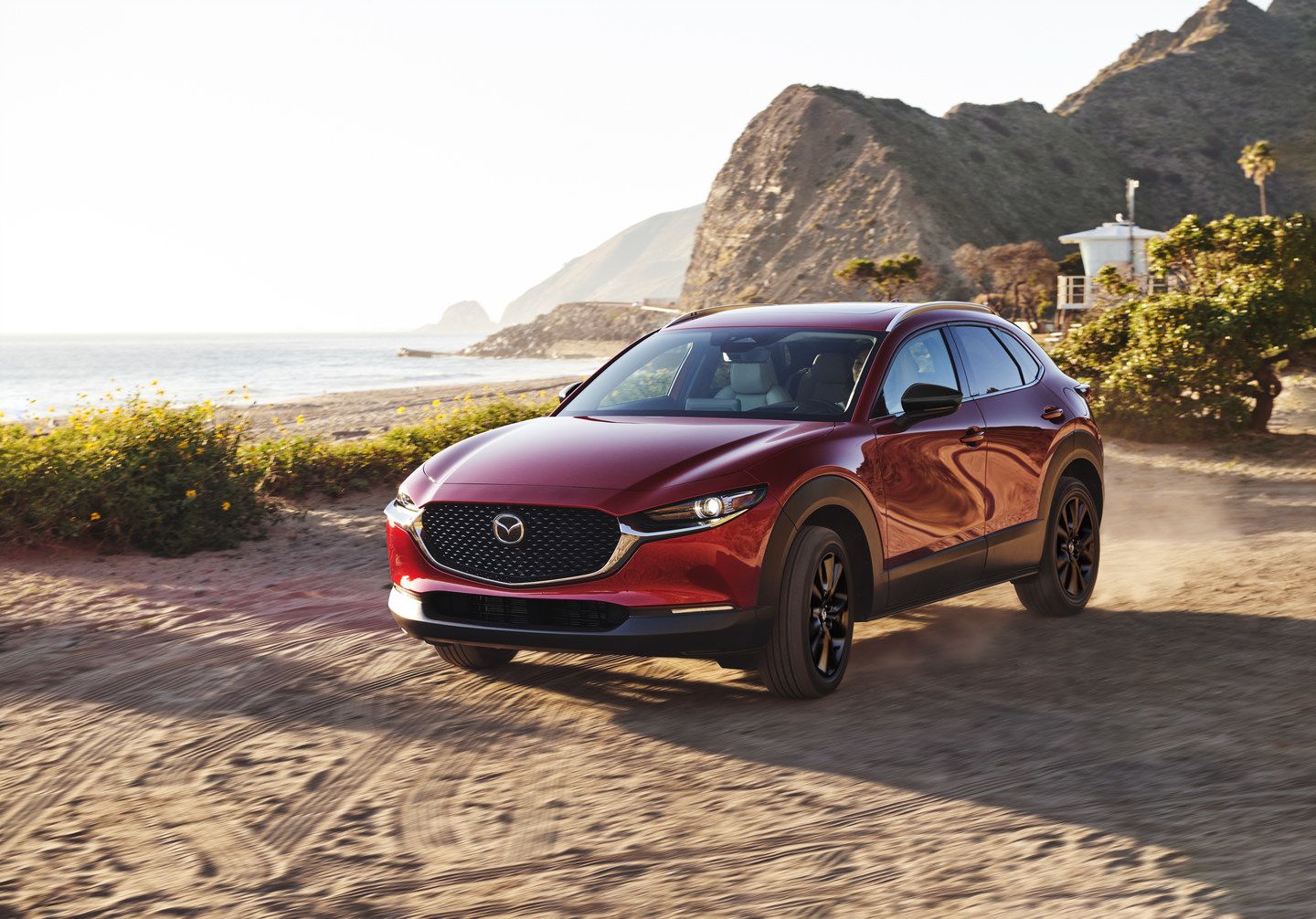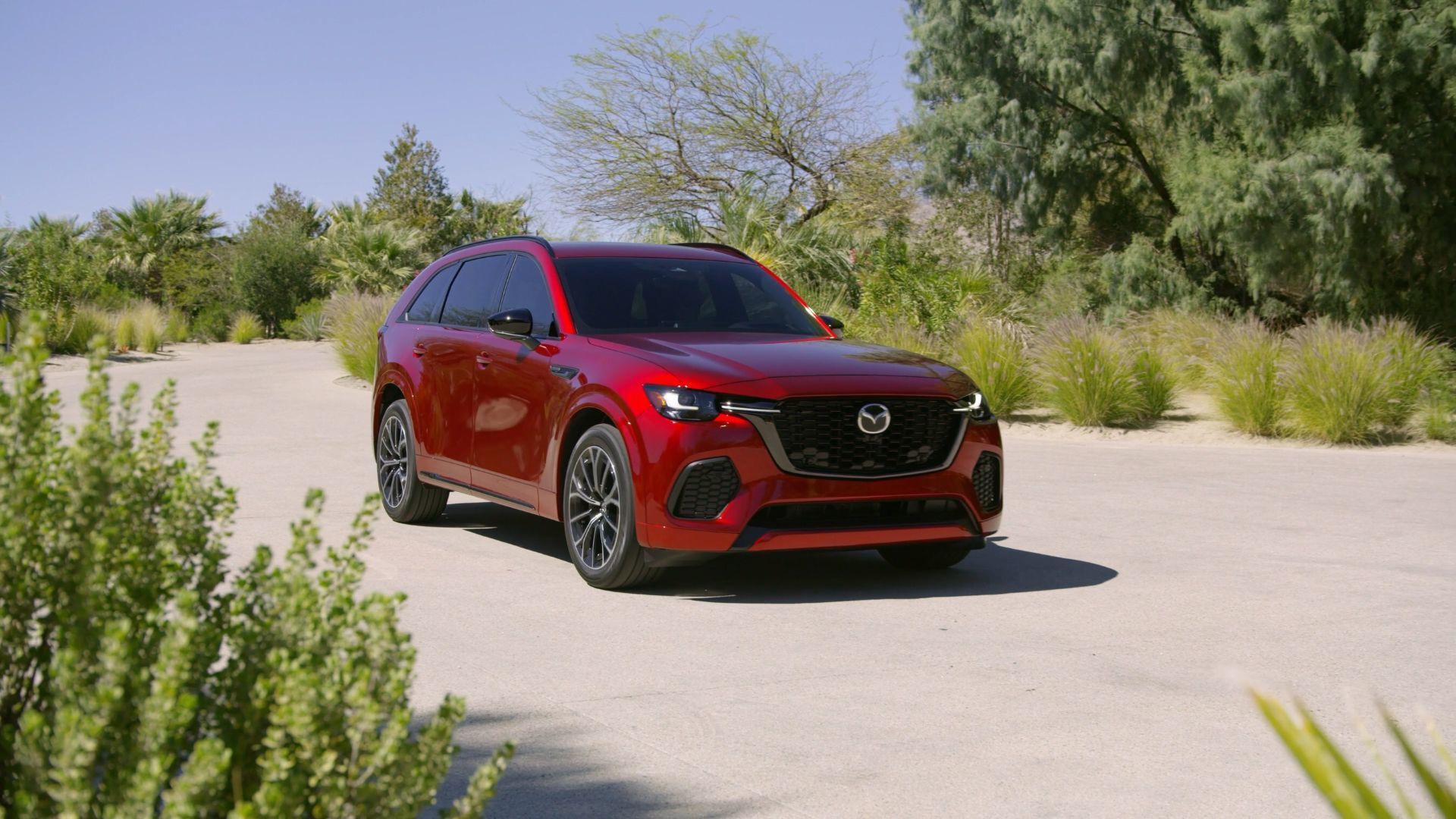Which Mazda SUV Handles British Columbia's Most Challenging Roads?
September 30 2025,

British Columbia's roads demand versatility. One day you're navigating tight downtown Vancouver parking, the next you're on gravel forest service roads heading to a hiking trailhead. The right SUV adapts to steep mountain grades, heavy coastal rain, and everything in between. Mazda's current SUV lineup spans five models, each with distinct capabilities for how people in British Columbia actually drive.
This comparison examines the CX-30, CX-5, CX-50, CX-70, and CX-90 across four BC-specific challenges: gravel forest service roads, steep mountain grades, heavy coastal rain, and urban parking constraints. Here's how each model performs in real-world conditions throughout the province.
At a Glance: Mazda SUVs for British Columbia Driving
|
Model |
Ground Clearance |
Wheelbase |
Overall Length |
AWD System |
Best For |
|---|---|---|---|---|---|
|
CX-30 |
203 mm (8.0 in) |
2,652 mm |
4,395 mm |
i-Activ AWD |
Urban driving, tight parking, smooth surfaces |
|
CX-5 |
193–201 mm |
2,698 mm |
4,575 mm |
i-Activ AWD |
Balanced all-around use, daily commuting, light trails |
|
CX-50 |
210–219 mm |
2,815 mm |
4,720 mm |
i-Activ AWD |
Gravel roads, hiking access, rugged terrain |
|
CX-70 |
204–206 mm |
3,120 mm |
5,100 mm |
i-Activ AWD |
Highway comfort, steep grades, towing |
|
CX-90 |
204–206 mm |
3,120 mm |
5,100 mm |
i-Activ AWD |
Family trips, third-row seating, long-distance highway |
All five models use Mazda's i-Activ AWD system, which monitors road conditions 200 times per second and adjusts torque distribution between the front and rear wheels. This system handles wet coastal pavement, loose gravel, and snow-covered mountain passes with the same predictive logic.
Gravel Forest Service Roads
British Columbia has thousands of kilometres of unpaved forest service roads leading to trailheads, fishing spots, and camping areas. Ground clearance determines whether you scrape the undercarriage on washboard surfaces or high-centred sections.
CX-50: 210–219 mm The CX-50 offers the highest ground clearance in the Mazda SUV lineup. The 219 mm clearance on 20-inch wheels gives you the most room to clear rocks, ruts, and uneven surfaces. The CX-50's shorter wheelbase (2,815 mm) also improves its break-over angle, reducing the risk of scraping on steep transitions.
CX-70 and CX-90: 204–206 mm Both models provide 204–206 mm of clearance depending on wheel size. This is adequate for most maintained gravel roads but less forgiving than the CX-50 on rougher surfaces. The longer wheelbase (3,120 mm) means you need to be more cautious on steep transitions.
CX-5: 193–201 mm The CX-5 sits lower, with 193 mm on 17-inch wheels and 201 mm on 19-inch wheels. This works for well-maintained gravel but isn't ideal for deeply rutted or rocky trails. Stick to logging roads that see regular maintenance.
CX-30: 203 mm The CX-30's 203 mm clearance is higher than the CX-5 on 17-inch wheels, but its shorter wheelbase and smaller size mean less approach and departure angle capability. Fine for smooth gravel, not built for aggressive trail use.
Steep Mountain Grades
Driving from sea level in Vancouver to mountain passes like the Coquihalla or Rogers Pass requires power and traction on sustained climbs.
CX-70 and CX-90: 280–340 hp The CX-70 and CX-90 both offer inline-6 turbocharged engines with 280 horsepower (standard) or 340 horsepower (high-output). The extra power makes a noticeable difference on long grades when carrying passengers and cargo. Towing capacity reaches 2,268 kg (5,000 lbs) on the CX-70 and up to 2,268 kg on the CX-90, useful for trailers or boats.
CX-50: 191–256 hp The CX-50 offers a 191-horsepower 4-cylinder with cylinder deactivation or a 256-horsepower turbocharged 4-cylinder. The turbo engine provides strong mid-range torque for mountain climbs. Towing capacity reaches 1,588 kg (3,500 lbs).
CX-5: 187–250 hp The CX-5's 187-horsepower 4-cylinder handles mountain grades adequately with light loads. The available 250-horsepower turbocharged engine adds confidence for steeper sections or heavier cargo.
CX-30: 191–250 hp The CX-30 uses the same engine options as the CX-5 but in a lighter package. The 191-horsepower engine is sufficient for most mountain driving, though the turbo option provides more reserve power.
All models use a 6-speed or 8-speed automatic transmission with manual shift mode, allowing you to control gear selection on descents to reduce brake wear.
Heavy Coastal Rain
British Columbia's coastal climate means frequent rain, particularly from October through April. Traction, visibility, and tire grip become critical.
i-Activ AWD Across All Models Every Mazda SUV in this comparison uses i-Activ AWD, which adjusts torque distribution in real time based on wheel slip, steering angle, and throttle input. On wet pavement, the system shifts power to the rear wheels before front-wheel slip occurs, maintaining stability through corners and during acceleration.
Tire Contact and Wheelbase Stability
- CX-90 and CX-70: Longer wheelbase (3,120 mm) improves straight-line stability on wet highways. The 1,705 mm front track provides a wide contact patch for better grip in standing water.
- CX-50: Slightly narrower track (1,658 mm) but higher ground clearance reduces the risk of hydroplaning on flooded sections.
- CX-5 and CX-30: Shorter wheelbases make them more agile in heavy rain but require more driver attention at highway speeds during crosswinds.
Visibility and Wiper Coverage All models include rain-sensing wipers and heated side mirrors. The CX-70 and CX-90 offer larger windshields, providing better visibility in heavy downpours. The CX-30's compact size makes it easier to see around in urban rain conditions but offers less forward visibility on highways.
Urban Parking in British Columbia Cities

Burnaby, Vancouver, and Richmond have tight parking structures, narrow streets, and limited on-street spaces. Size matters.
CX-30: 4,395 mm long, 10.6 m turning circle The CX-30 fits into the smallest spaces. Its 2,040 mm width (mirror to mirror) lets you navigate tight parkades without stress. The 10.6-metre turning circle makes U-turns and parallel parking straightforward.
CX-5: 4,575 mm long, 11 m turning circle The CX-5 adds 180 mm of length over the CX-30 but remains manageable in urban settings. The 11-metre turning circle is slightly wider but still comfortable in most parkades.
CX-50: 4,720 mm long, 11.82 m turning circle The CX-50's rugged design adds width and length. It fits standard parking spaces but requires more attention in tight multi-level parkades. The 11.82-metre turning circle is the widest among the compact models.
CX-70 and CX-90: 5,100 mm long, 11.6 m turning circle Both models measure 5,100 mm long, which exceeds the length of many compact parking spaces. The 2,157 mm width (mirror to mirror) makes narrow lanes and tight turns more challenging. These models work better for suburban parking lots and open spaces.
Which Mazda SUV Matches Your British Columbia Driving?
Choose the CX-30 if:
- You primarily drive in urban British Columbia (Vancouver, Burnaby, Richmond)
- Parking constraints are a regular concern
- Most of your trips stay on paved roads
Choose the CX-5 if:
- You need a balance of urban maneuverability and light trail capability
- Your driving mix includes highways, city streets, and occasional gravel roads
- You want a practical all-around SUV for families in British Columbia
Choose the CX-50 if:
- You regularly access hiking trailheads or fishing spots on gravel roads
- Ground clearance and rugged capability matter more than tight parking
- You want the most off-pavement confidence in the Mazda lineup
Choose the CX-70 if:
- You frequently drive long highway distances across British Columbia
- You need power for mountain grades and towing capacity
- You prefer a spacious two-row SUV with premium features
Choose the CX-90 if:
- You need three rows of seating for larger families
- Long-distance highway comfort is a priority
- You want the most cargo space and towing capacity Mazda offers
Test Drive Across British Columbia's Terrain at Metrotown Mazda
Choosing the right Mazda SUV depends on where you drive in British Columbia. Visit Metrotown Mazda in Burnaby to compare the CX-30, CX-5, CX-50, CX-70, and CX-90 side by side. Our team can help you assess which model fits your daily routes, weekend adventures, and parking realities. Schedule your test drive today and find the SUV built for how you use British Columbia's roads.






